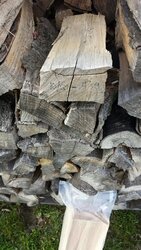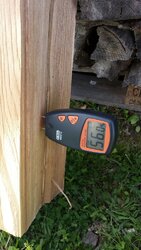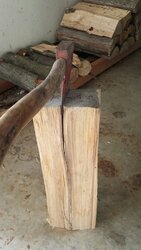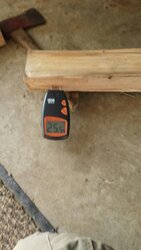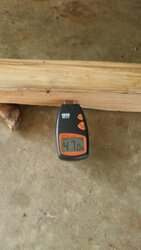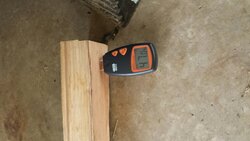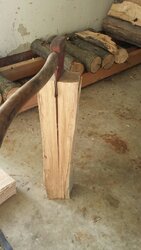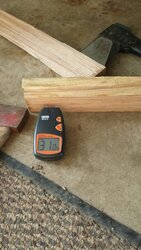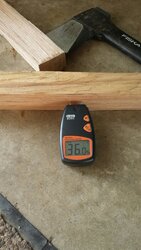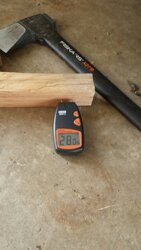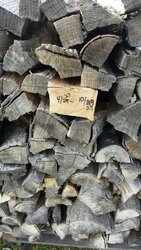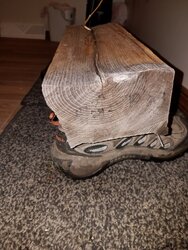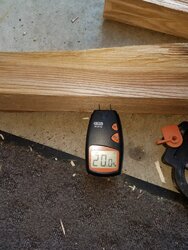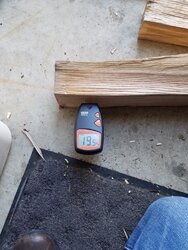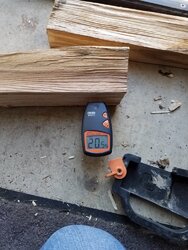A couple points as a winter time splitter and stacker.
I know my wood dries "some" further in winter weather. I also have never seen a piece of wood get from too wet to burn to dry enough to burn during winter (below freezing) weather.
There are three primary reasons I split and stack during winter.
1. No mosquitoes, no snakes, no heat stroke, no mud getting on the splits.
2. In the summer months I would rather be fishing or boating or hiking or hunting. Or sitting in a chair out in the sun with a good book and an ice cold Gin and Tonic.
3. Splitting is my wintertime outdoor activity. When I get cold, I just come into the garage for a few minutes, it's usually my fingers or toes. Stand next to the hot water heater, stamp my feet a few times, minimized risk of frostbite. I could be lying on the couch getting fat...
One thing I wonder about is the advice in the BK manuals that wood should be "split and stacked for two years" for every model in their line I have looked up. It seems to me summer time splitters aren't getting a full summer worth of seasoning that first year if they wait for the snow to melt before they start splitting. As written, the summer time splitters are getting 1.x summers of seasoning if they season two years, but only 0.x summers of seasoning if they split in spring and burn in fall.
When I have all my fresh wood split and stacked on Saint Patrick's Day, I am getting 1.0 summer's worth of seasoning that first year.
One concept I find really useful is to know the FSP (Fiber Saturation Point) of the wood in my stacks. For my local birches and spruces FSP is pretty close to 30% MC for every possible species. I have no idea what the FSP is for ash.
Green splits will stay stacked just as neatly as I stacked them until they dry down to FSP. Above FSP splits don't change shape or size at all. Once they cross below FSP, the radial and tangential shrinkage starts, that's when my stacks start leaning and tipping and sagging.
I love it when my stacks start to sag and tip in mid-May, it means I have plenty of summer left to finish drying what I have before it's time to light the stove again.
Nice work
@TedyOH .


